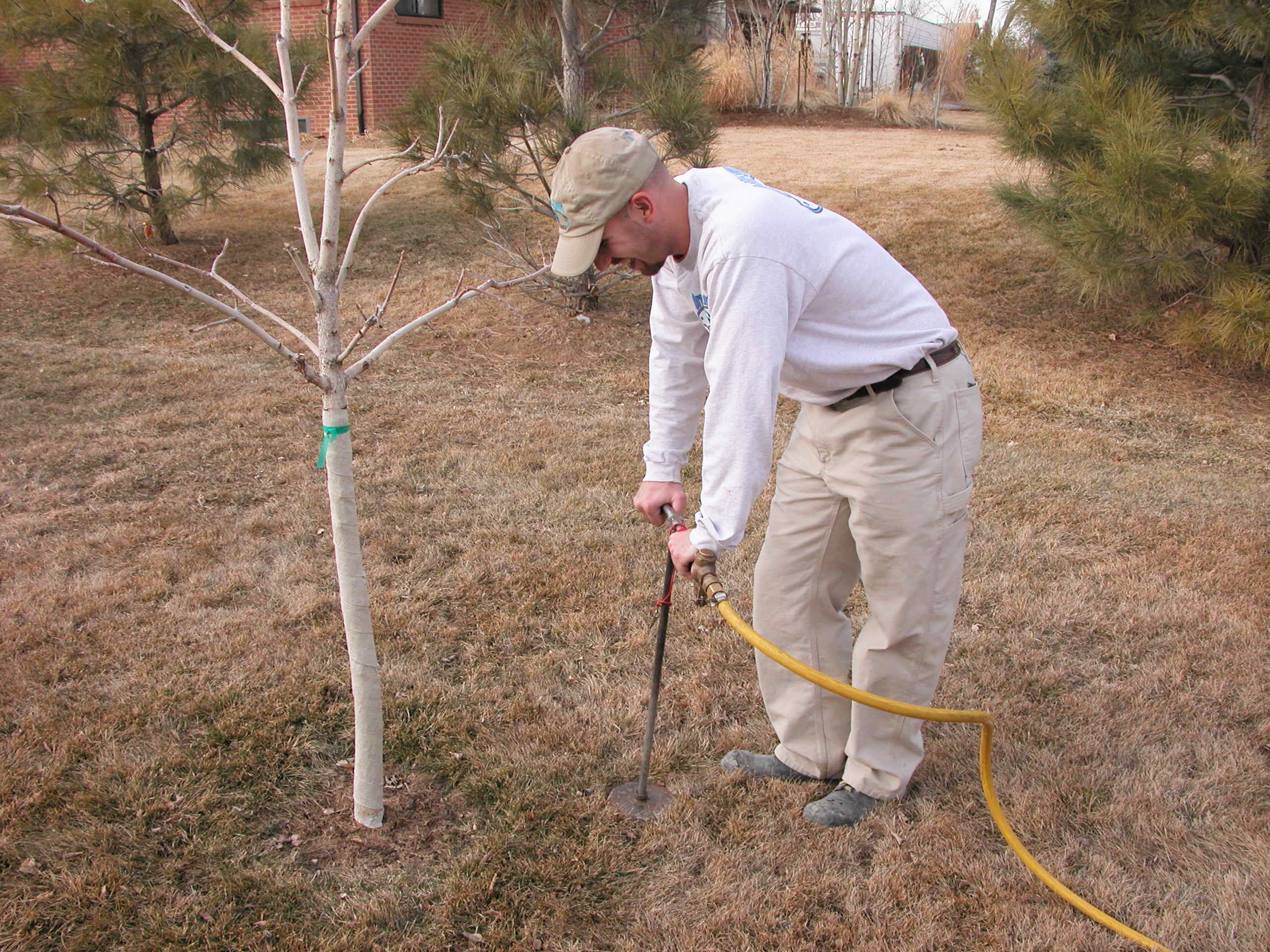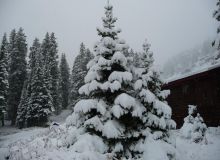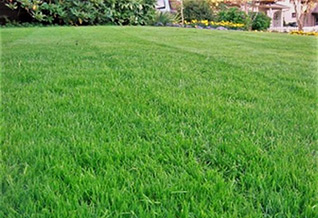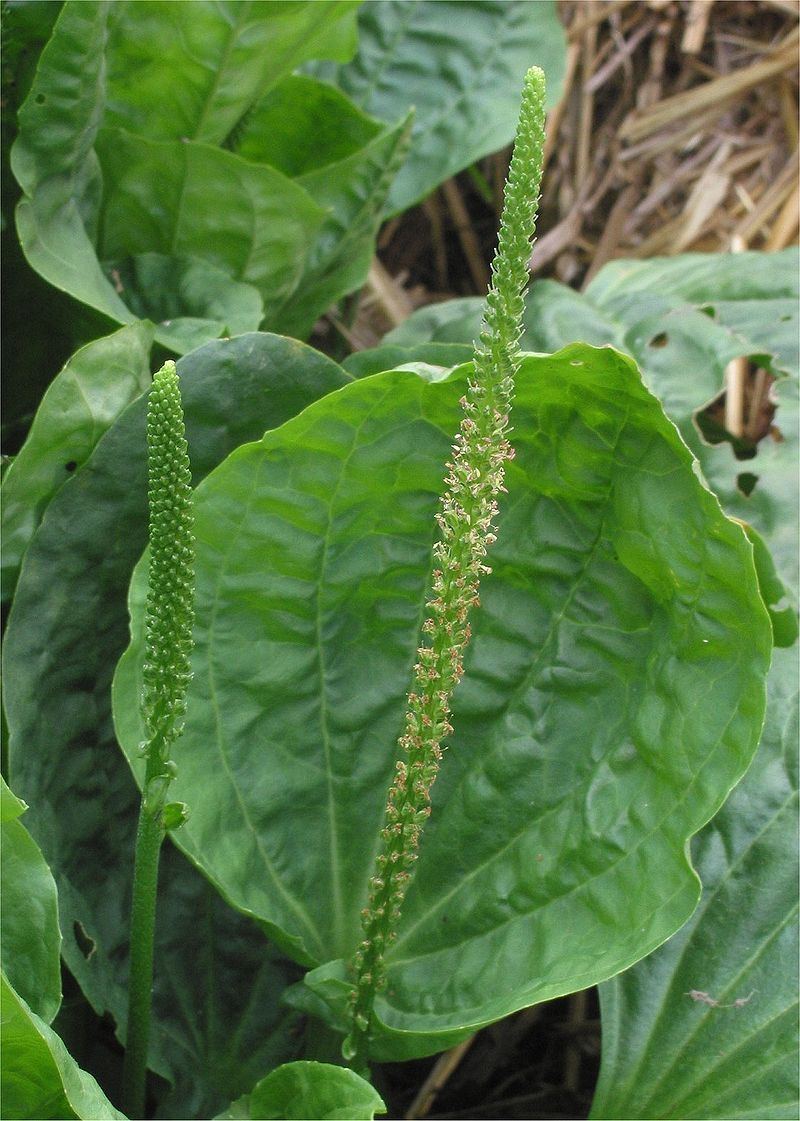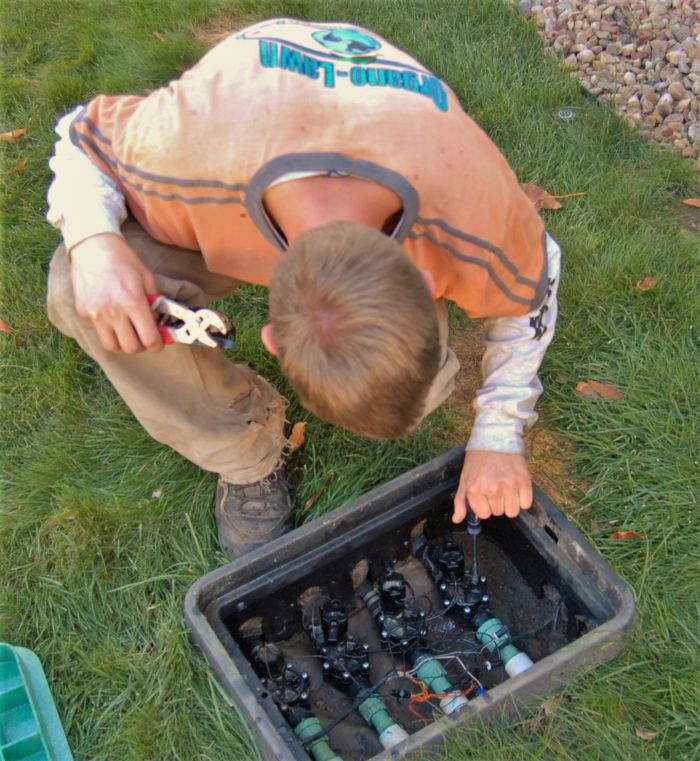Winter is Coming…
During winter avoid foot traffic on your lawn. Most lawns will survive dormancy as long as heavy foot traffic is avoided. If you have a dog or pet that does damage to the lawn in the winter make sure to have the lawn aerated in the spring to help the grass recover quicker. Although there is not much you can do with the lawn during the winter, there are some practices that should be followed in the fall to ensure the lawn overwinters well. The following are the steps to take leading up to winter. Step 1 – Aeration: It is recommended to aerate your lawn if it is not dormant and your soil is soft enough to pull a 2-3.5 inch plug. This will allow nutrients and water to penetrate deep into the root zone and avoid soil compaction. We typically aerate in September and October while your sprinklers are still on; this will ensure that we can pull those deep plugs.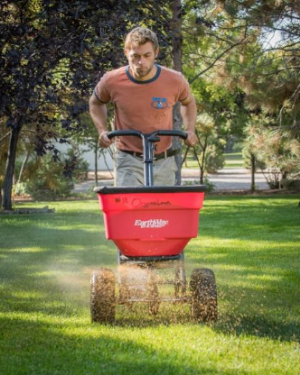 Step 2 – Lawn Fertilization:
Winterizing the lawn is a must in helping maintain the health of the lawn over the winter months. We recommend using a slow release (water insoluble nitrogen) fertilizer. Avoid products that are fast release (water soluble nitrogen) like Scott’s. We apply Synergy and Pax Terra Plus organic fertilizer during the months of September and October, they are naturally slow release and will feed the lawn over the entire winter. Typically 70% of the fertilizer is used during the winter and 30% will be available in the spring for an earlier recovery.
Step 3 – Lawn Mowing:
Mow your lawn a little shorter than normal on the final mow of the year. Each lawn may vary but a good height is 2.25-2.5 inches. It is beneficial to mulch a small amount of leaves into the soil as long as they are not accumulating on the lawn.
Check out our fall lawn care tips for more information to help your lawn survive the winter and thrive in spring.
Step 2 – Lawn Fertilization:
Winterizing the lawn is a must in helping maintain the health of the lawn over the winter months. We recommend using a slow release (water insoluble nitrogen) fertilizer. Avoid products that are fast release (water soluble nitrogen) like Scott’s. We apply Synergy and Pax Terra Plus organic fertilizer during the months of September and October, they are naturally slow release and will feed the lawn over the entire winter. Typically 70% of the fertilizer is used during the winter and 30% will be available in the spring for an earlier recovery.
Step 3 – Lawn Mowing:
Mow your lawn a little shorter than normal on the final mow of the year. Each lawn may vary but a good height is 2.25-2.5 inches. It is beneficial to mulch a small amount of leaves into the soil as long as they are not accumulating on the lawn.
Check out our fall lawn care tips for more information to help your lawn survive the winter and thrive in spring.
Winter Lawn Watering
If there is not at least 2” of moisture per month you should water your lawn at least once per month when the temperatures are above 50F. This will help prevent spider mite damage, prevent winter desiccation as well as maintain a healthy root structure. We also recommend hand watering your trees once per month.Spider/Clover Mites on Lawns
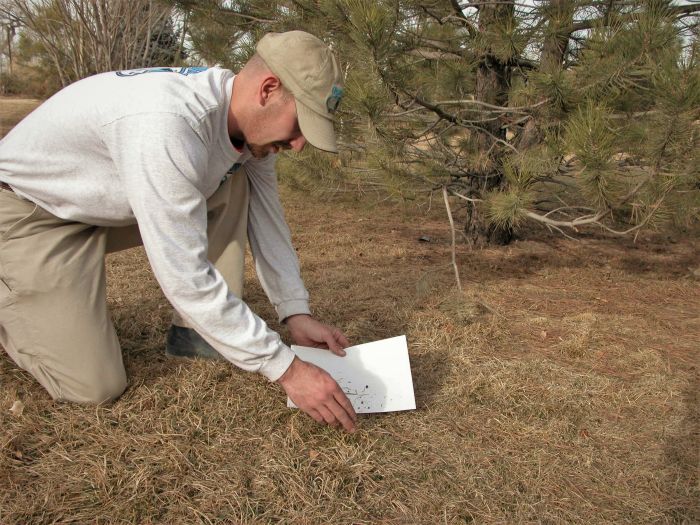 They typically appear from November to March and should be treated if an outbreak occurs. Spider mites feed on the roots and tissue of grass especially in south facing slopes and on the south side of pine and spruce trees. The grass mites can do a lot of damage in a short amount of time. The best way to avoid mites and their damage is by watering the lawn over the winter.
They typically appear from November to March and should be treated if an outbreak occurs. Spider mites feed on the roots and tissue of grass especially in south facing slopes and on the south side of pine and spruce trees. The grass mites can do a lot of damage in a short amount of time. The best way to avoid mites and their damage is by watering the lawn over the winter.
Removing Fallen Leaves and Winter Debris
Funguses, insects, and diseases often transport and propagate in and underneath winter debris. Many tree funguses transfer from year to year in the fallen leaf tissue. It is very important to remove the winter debris as early as possible in the late autumn. Cleaning up the debris and removing the leaf tissue reduces the risk that these pathogens can spread or infect trees the following season.Snow Mold
Pink or gray snow mold can be an eyesore and only propagates in very wet and cold winters.The snow mold grows on the grass between the turf and the snow. When the snow melts the snow mold remains on the turf and can often be sticky or tacky. The snow mold does not attack the grass but it can block the sunlight from reaching the plant tissue. Therefore, the areas with snow mold often are very slow to green up and can often look unhealthy a few months after the snow mold is gone. We do not recommend treating for snow mold; if snow mold is a problem you should rake the area of the lawn that is infested with a garden rake. This will remove the infestation and allow air and sunlight to reach the turf grass.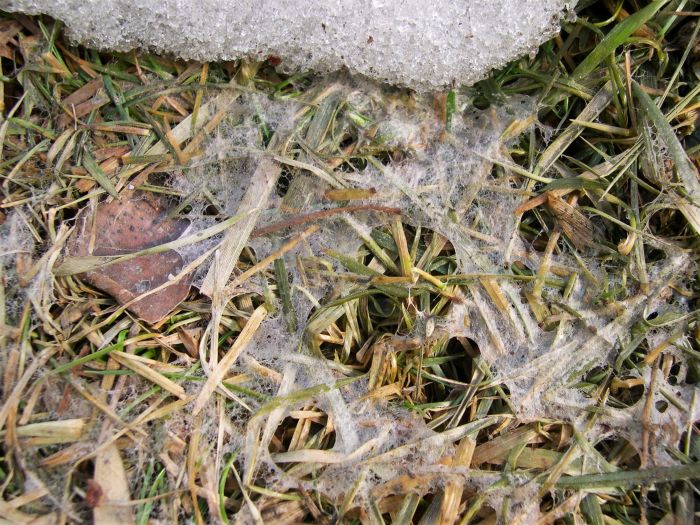 Gray snow mold can be seen after the snow melts in a lawn. This is seen after the lawn has had a long period of snow coverage.
Gray snow mold can be seen after the snow melts in a lawn. This is seen after the lawn has had a long period of snow coverage.
Winter Tree Care Tips
Tree Wrapping for Sun Scald Prevention
Young trees and trees with direct southern exposure are susceptible to sun scald which causes the trees bark to crack or split. The sun warms the bark during the day and at night it freezes. This constant temperature fluctuation causes the bark to expand and contract. Wrapping the tree bark with a special tree wrap will decreases the temperature fluctuations and will protect the tree from cracking; we recommend having your trees wrapped around starting in October and removing the wrap around March 15.Must Wrap Trees:
Trees that are extremely susceptible to sun scald are trees with direct southern exposure, young trees, ashes, maples, lindens, and honey locust. It is never too late to wrap a high risk tree, so if it is not yet March 15th get the tree protected.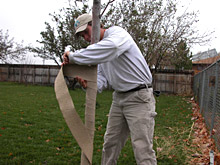
Winter Tree Watering
Established trees need to be watered about once per month during the winter when little winter precipitation has occurred. Young trees that have not established require watering of at least 2 times per month when little precipitation has occurred. We recommend watering 5 gal of water per 1-inch caliper of trunk diameter.